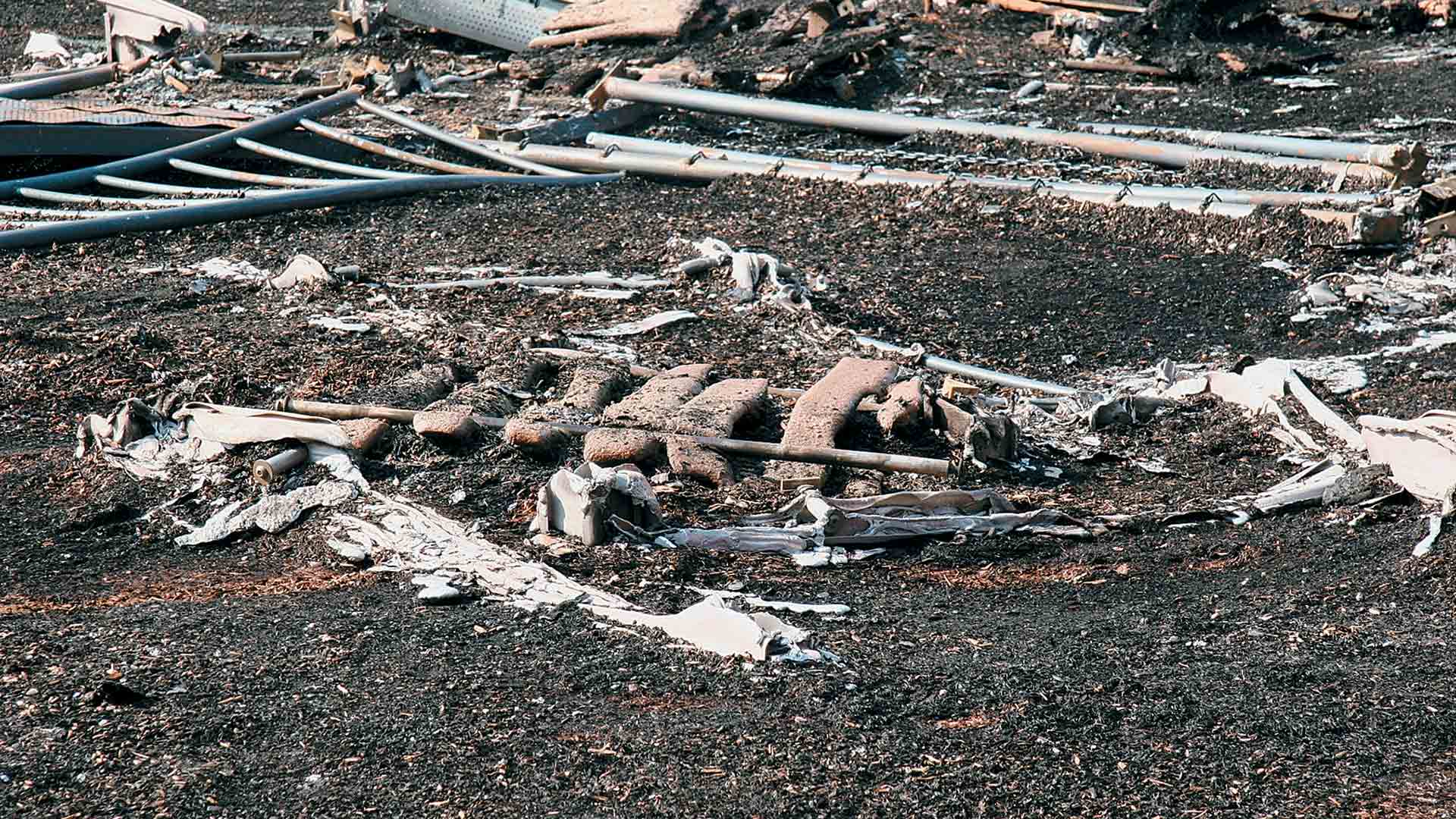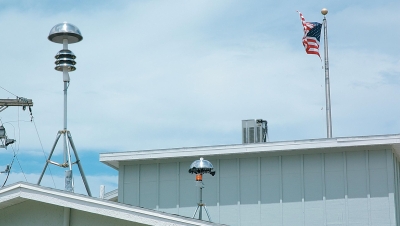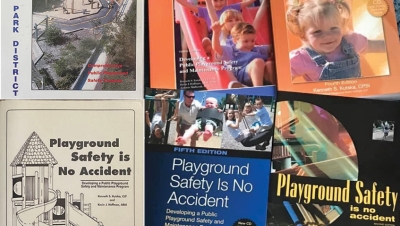Lately, there have been a lot of customer inquiries about the safety of PVC on playground equipment.
As playground safety has been analyzed every which way in the past 20 years, it is expected that the materials used in the manufacture of playgrounds would also be researched for safety issues. PVC has emerged as a controversial topic, as some say there is nothing hazardous about it and others are discouraging its use, saying it is a safety hazard affecting the children that play on playgrounds.
First, playground equipment manufacturers must be applauded for working to protect children and the environment in playground design and manufacture. It is in this respect that PVC comes under fire. Some have research that shows harmful effects of using PVC and others have research that shows nothing of the sort. How should you feel about PVC on your playgrounds?
Tim Madeley, a playground equipment manufacturer, is quoted in Healthy Building News: “Plasticizers unique to PVC can cause damage to liver, kidney and reproductive systems.” Madeley and his company have chosen to eliminate PVC from its products as a step to provide safety measures for children and the environment.
A search of the internet will offer many opinions about the dangers of PVC and its components.
At the same time, the U.S. Consumer Product Safety Commission (CPSC) has studied the issue and determined that PVC is not a safety issue on playgrounds (response to petition HP99-1). The International Playground Manufacturers Association (IPEMA) has also taken the stand that PVC poses no safety hazards to children playing on modern playground equipment.
Tim Ahern, past president of IPEMA, is quoted as saying IPEMA is always interested in reviewing new safety information, including any independent, third-party, scientific studies concerning PVC in playground equipment. The IPEMA website addresses the PVC issue and concludes that “IPEMA members follow the guidelines of CPSC and will respond appropriately if the CPSC identifies PVC as a playground hazard.”
My personal research into PVC and safety has found the biggest concern as a whole is when and “if” the product burns. PVC is also known to be non-biodegradable, which in this day of concern about how we are filling our landfills, can be an issue. It seems that fumes or particulates from burning or burnt PVC may very well be hazardous. I have always thought that plastic forks and plates on the campfire caused an unpleasant odor and would give me a headache. It also seems that PVC is one of the materials in our landfills that will be there for a long time.
PVC has been proven to be the best material for providing protection from sharp metal edges and heat for playground users. And, with regard to the disposal of PVC products, it is a highly recyclable product that does not have to end up at a landfill.
The beautiful thing about today’s playground industry is that safety is at the forefront of our thought process. There has been an enormous amount of money and research spent on playground safety studies. Each manufacturer has taken that information and put it to use the best it can with its products.
The end result is that you have many choices as to what playground equipment you purchase. A safe bet is to always follow as a minimum the CPSC guidelines. Where you go from there is your choice.
When It Burns
Carcinogens such as polychlorinated biphenyls (PCBs) are found in hundreds of thousands of man-made products.
Polyvinyl Chloride (PVC) is used to make the plastisol coating on playground decking and other products from many playground manufacturers. In a stable form, PVC is perfectly harmless. But, when burned, the PCBs become airborne, causing the affected area to become toxic.
In a study of a group of firefighters present at the collapse of the World Trade Center towers, all had elevated levels of PCBs. Exposed to large quantities of dust, smoke, and fumes, workers suffered from persistent coughs, headaches, memory disturbances, and more. Although clean-up of a playground burned by vandals is on a much smaller scale than that of the WTC, playground installers still need to be aware of risks and use protective measures to protect themselves and the public.
The scope of work to remove a burned playground should include no less than the disposal of all equipment and surfacing materials and anything else in the area exposed to fire, smoke, and/or melting. Determine if there are state or local rules for dealing with the disposal of burned materials that may add to the cost of removal. The cost to dispose of PVC materials could be considerably higher than just a general dumping fee as damage to the materials makes them non-recyclable. Also, consider the added cost of the personal protection gear crew members will have to wear during the removal of toxic materials.
If the customer has not already done so, erect warning signs and construction fences around the affected area to keep the public out. Take photographs or videotape the damage for insurance purposes. Obtain a site drawing of the playground and make a checklist of equipment that will have to be replaced.
Because the burning of PVC coating on playgrounds takes an otherwise non-toxic substance and turns it into something that is potentially harmful, workers face health risks when they come in contact with PCBs. Personal protection from hazardous materials must address the three primary ways those materials can enter the body: inhalation, ingestion, and direct contact. Inhalation occurs if you breathe in chemical fumes or vapors. Respirators are designed to protect the wearer from contamination by inhalation. They must fit properly and have been tested to ensure protection.
Ingestion occurs if somehow contact with the mouth is made. Direct contact means touching the burned material and then making direct contact with one’s skin or eyes. Protective clothing such as gloves and a long-sleeved shirt will help keep skin from coming into contact with burned playground parts. A sturdy pair of boots is a must. Consider a full-face respirator to protect against absorption and ingestion of air-borne carcinogens.
Just covering your mouth and nose may not be enough, as mucous membranes in the mouth, nose, throat, inner ear, and respiratory system can attract and absorb. Workers should use protective gear even while cleaning clothing after the playground clean-up is complete.
For example, taking off your protective boots with bare hands and then directly touching one's skin or eyes is direct contact with the hazardous materials even after you have left the job site.













